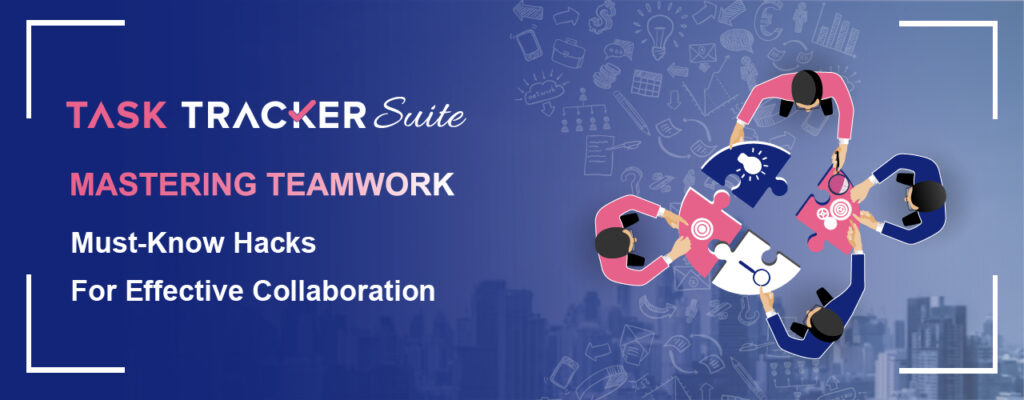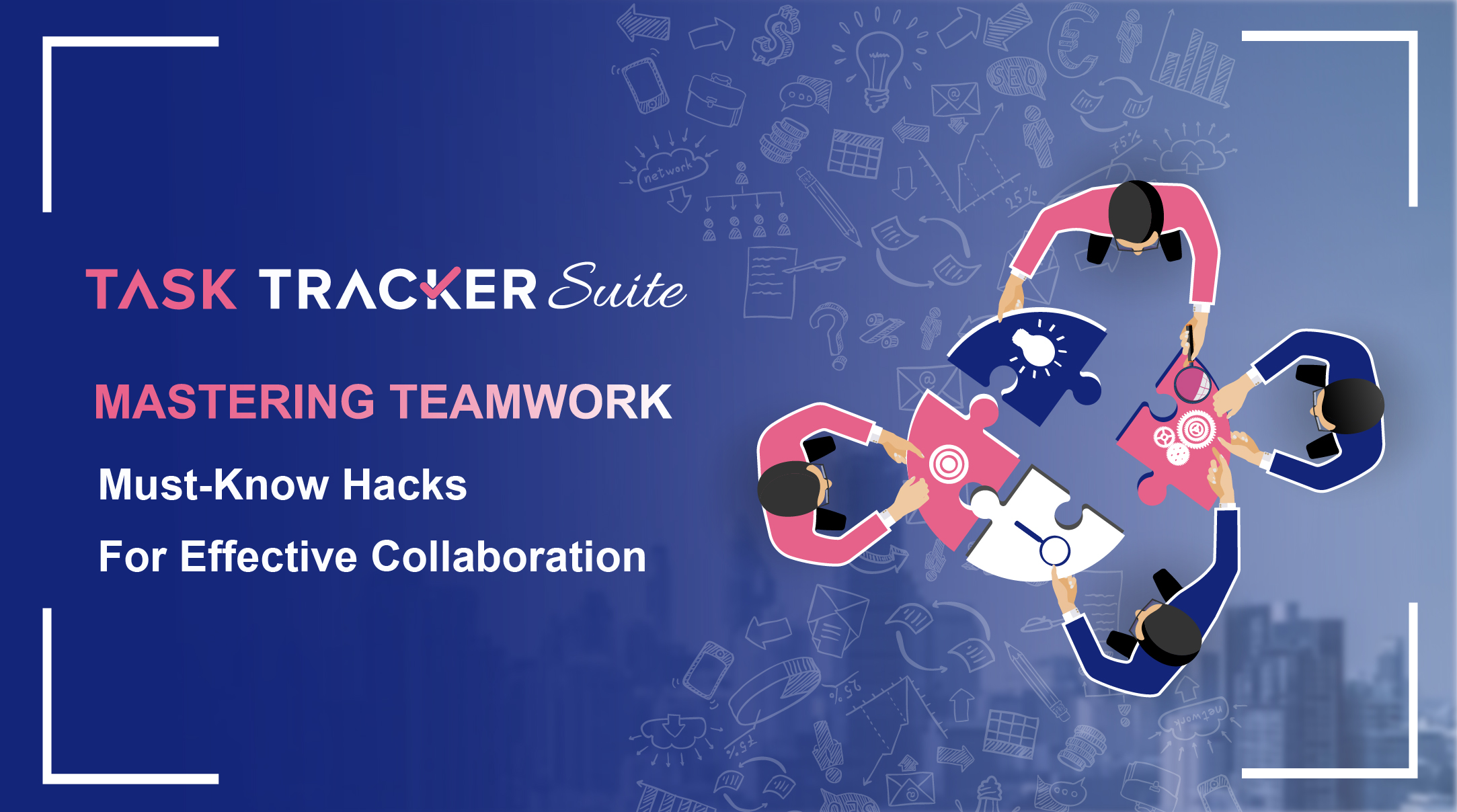
Communication and collaboration are essential for any organization for its teams to work together; however, they’re not always easy to achieve. Many businesses struggle to create a teamwork and engagement culture among their employees.
According to a survey by Fierce Inc., 86% of executives identified a lack of collaboration or ineffective communication as the main factors contributing to workplace failures.
But don’t worry, there is hope. In this blog post, we will share 5 hacks to help you improve employee communication and collaboration. These are simple, practical, and effective hacks to create a culture of teamwork and engagement. So, let’s get started!
1. Set Clear Goals and Expectations
When everyone knows what they are working towards and what is expected, they can communicate and collaborate more efficiently and effectively.
- Set clear and achievable goals. For example, instead of saying “increase profits”, say “increase profits by 10% this month”.
- Share these goals with all the relevant people, such as managers, team members, and clients.
- Keep monitoring progress and getting updates to see if everything is going as planned.
- Use dashboards, reports, and charts to visualize and track the data. Recognize and reward the employees and teams taking initiative in teamwork.
2. Embrace a Diversity of Communication Channels
Different employees and teams may have different preferences and needs regarding communication. Some prefer face-to-face meetings, while others prefer emails or instant messages. Some may need frequent contact, while others may need occasional touch. To embrace a diversity of communication channels:
- Assess the communication preferences and needs of your employees. Ask them directly for their feedback and suggestions regarding their preferred ways of communication.
- Select the tools that suit your employees’ preferences and needs. You can use various tools like phone calls, videoconferencing, emails, and instant messaging.
- Many employees prefer asynchronous communication methods like emails, instant messaging, and text messaging. These channels allow employees to communicate at their own pace and convenience without disrupting their workflow or schedule.
3. Foster Open and Transparent Communication
Encourage employees to share thoughts, opinions, ideas, and feedback without fear of judgment or criticism. Give them the freedom to access the information they need to perform their tasks and make decisions.
- Create a culture of psychological safety where employees and teams feel comfortable expressing their views and taking risks. You can encourage curiosity, diversity, and inclusion and avoid blame, ridicule, and punishment at your organization.
- Establish clear guidelines for respectful communication and resolution — set norms and expectations for communication, such as listening actively, asking questions, and providing feedback.
- Share relevant information with your employees and teams in time. Communicate your vision, mission, values, and goals and provide updates on the progress and performance of the projects and tasks.
4. Promote Collaborative Workflows
Collaborative workflow helps employees to share ideas, solve problems, and work together to achieve common goals.
- Encourage a mindset of teamwork and shared ownership of goals and outcomes. You can create cross-functional teams, assign roles and responsibilities, and delegate authority and freedom.
- Promote team bonding activities, celebrate successes, and address challenges as a unified group. For that, you can organize social events, games, and contests.
- You can also encourage team members to provide constructive feedback to one another and to seek help and support when needed.
5. Use A Task Management Tool
Task-tracking tools are the perfect solution to streamline employee communication and collaboration at the workplace. One of the best task management tools is Task Tracker. It helps you to manage your tasks and projects with ease.
Task Tracker integrates with other communication tools, such as WhatsApp, Email, and calendar, to streamline discussions, announcements, and project updates. Here is how using Task Tracker can help you improve teamwork and communication:
- Team Collaboration and Task Management: You can create tasks, assign them to your team members, set deadlines, and monitor the progress and status of the tasks. You can share tasks with your team members and track their progress and performance.
- Communication: The chat feature of Task Tracker lets you communicate with your team in real-time. You can also use the voice note feature to provide instructions for any project or task. Also, you can add remarks and attachments to form an open and transparent communication with your team.
- Integration: Task Tracker helps you simplify communication and collaboration using WhatsApp, Email, and Calendar integration. It helps you stay connected and updated with your team members and clients.
- Performance Score and feedback: The Performance Score feature in Task Tracker helps you measure team members’ performance in a single click. It makes it easy to share real-time feedback with employees and encourage them to perform better.
Task management tools are excellent for collaborative workflows and fostering teamwork and engagement in the workplace.
Conclusion
In conclusion, effective communication and collaboration are the cornerstones of a thriving organization. Fostering a culture of teamwork and open communication not only enhances employee engagement but also empowers teams to bring their best to the table. Leveraging tools like Task Tracker can be a valuable ally in this journey as it helps businesses streamline their processes, enhance team collaboration, and achieve business goals.
Try Task Tracker for free to embrace the power of employee communication and collaboration at the workplace.


Leave a Reply